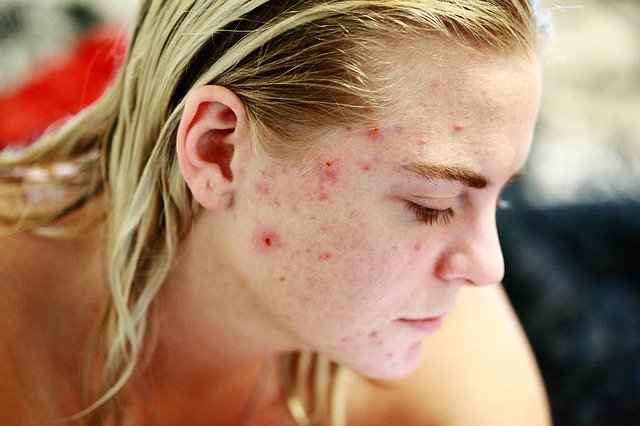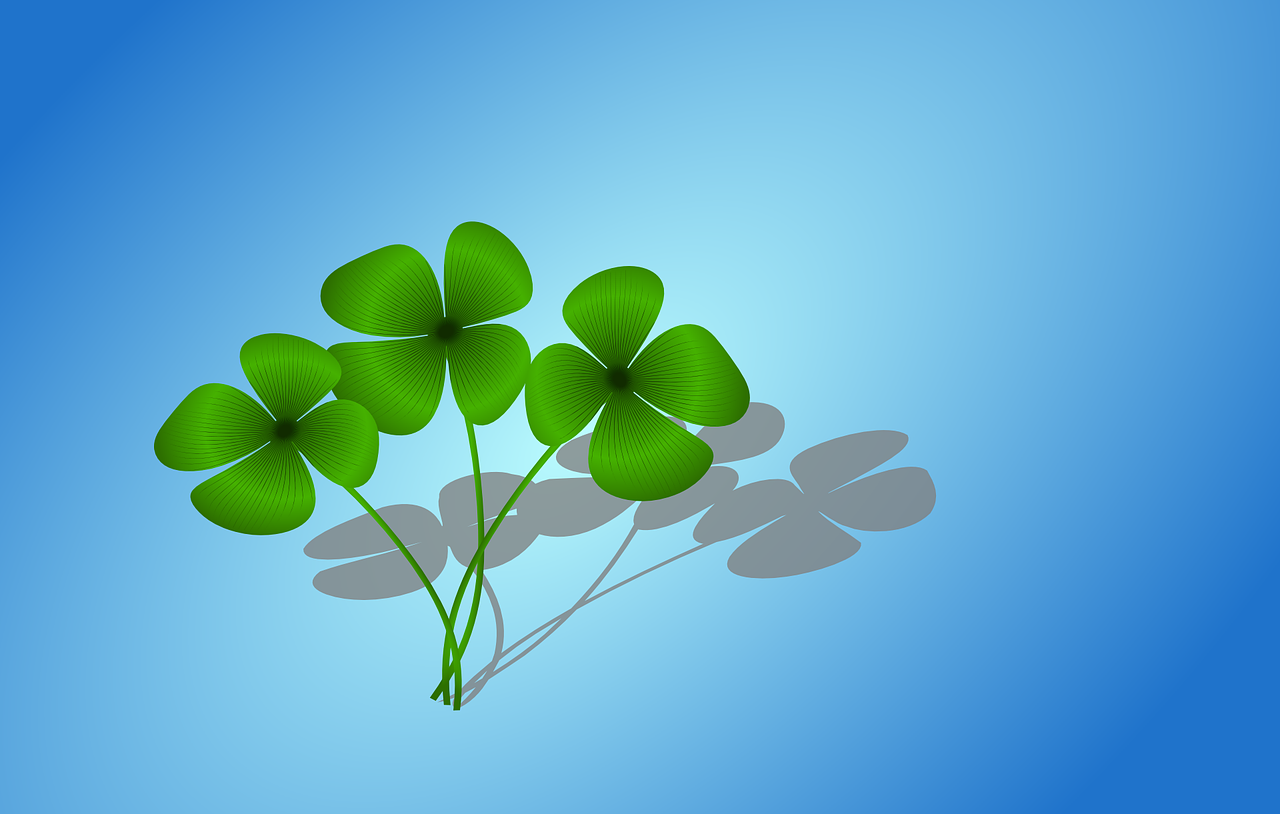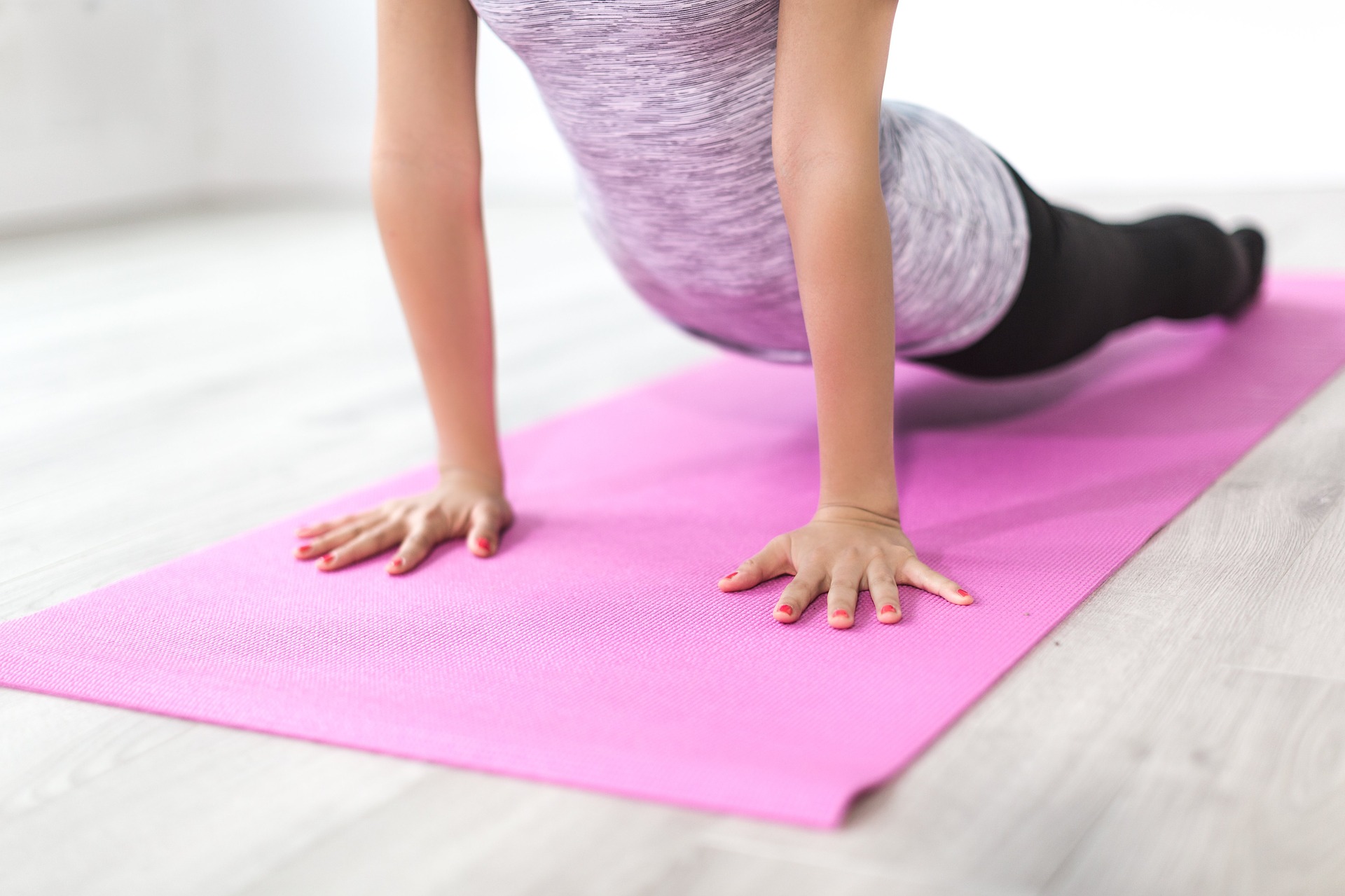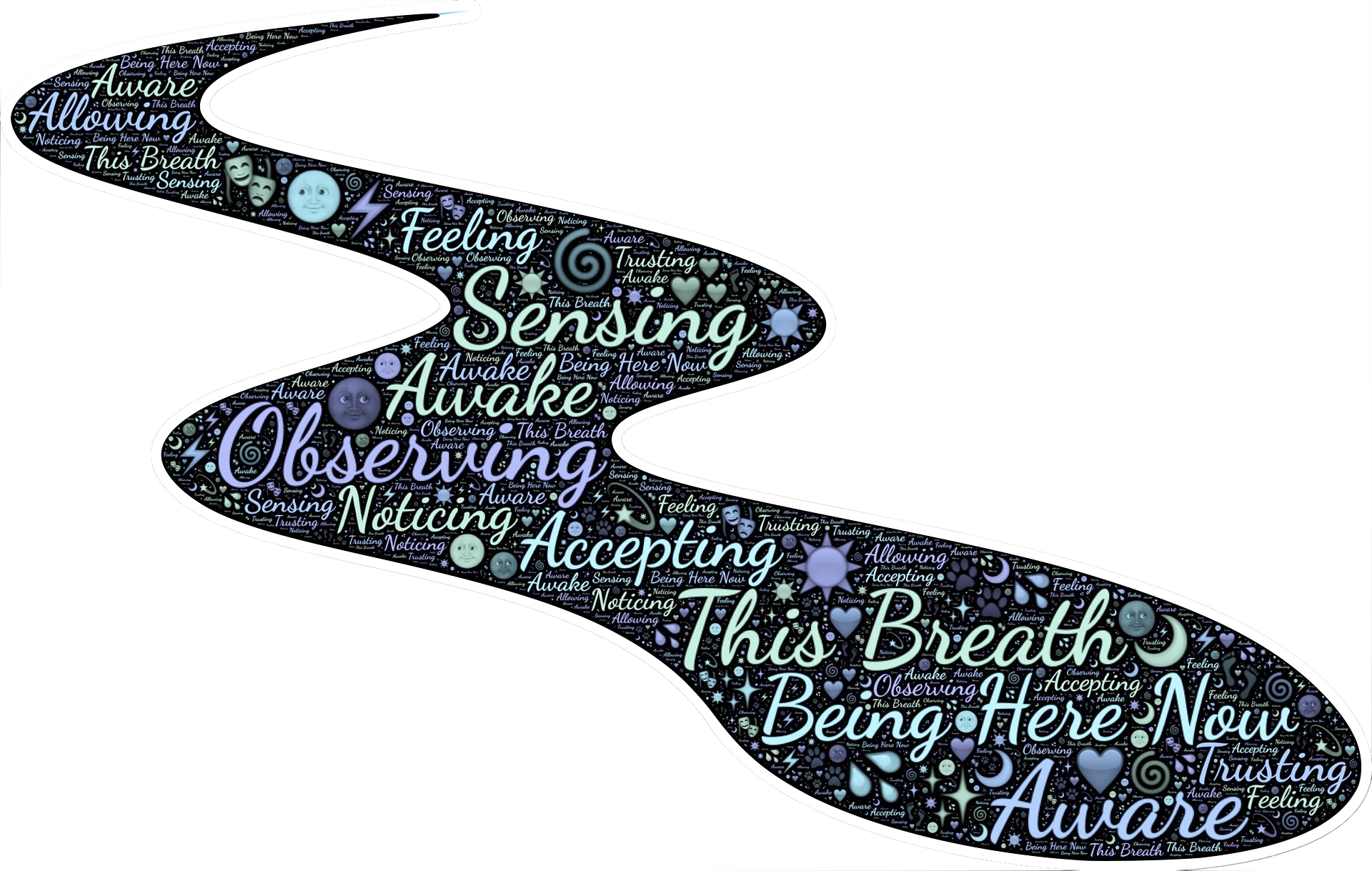skin disorders
While most skin disorders are minor, others can indicate a more serious issue. Contact your doctor if you think you might have one of these common skin problems.
Is Coffee Good For Your Skin?
Coffee has been increasingly popular in conversations about health. There have been studies showing both sides of the health benefits of coffee. Some experts say drinking coffee daily is a great idea, but others disagree and argue negative effects. It often boils down to whether or not the positives outweigh the negatives. However, with the rising popularity of coffee in skincare and beauty products, it’s time to dive a bit deeper into its effects on your skin.
Is banana good for skin?
Bananas are the secret to well-nourished skin. Rich in potassium and moisture, it will hydrate and moisturizes dry skin, making it soft and supple. ... It is also rich in potassium and moisture, which helps in hydrating dry skin and making it soft and supple.
Pictures of different skin disorders
There are many different types of skin disorders.

Acne
Commonly located on the face, neck, shoulders, chest, and upper back Breakouts on the skin composed of blackheads, whiteheads, pimples, or deep, painful cysts and nodules May leave scars or darken the skin if untreated

Cold sore
Red, painful, fluid-filled blister that appears near the mouth and lips Affected area will often tingle or burn before the sore is visible Outbreaks may also be accompanied by mild, flu-like symptoms such as low fever, body aches, and swollen lymph nodes

Blister
Characterized by watery, clear, fluid-filled area on the skin May be smaller than 1 cm (vesicle) or larger than 1 cm (bulla) and occur alone or in groups Can be found anywhere on the body

Hives
Itchy, raised welts that occur after exposure to an allergen Red, warm, and mildly painful to the touch Can be small, round, and ring-shaped or large and randomly shaped

Actinic keratosis
Typically less than 2 cm, or about the size of a pencil eraser Thick, scaly, or crusty skin patch Appears on parts of the body that receive a lot of sun exposure (hands, arms, face, scalp, and neck) Usually pink in color but can have a brown, tan, or gray base

Rosacea
Chronic skin disease that goes through cycles of fading and relapse Relapses may be triggered by spicy foods, alcoholic beverages, sunlight, stress, and the intestinal bacteria Helicobacter pylori There are four subtypes of rosacea encompassing a wide variety of symptoms Common symptoms include facial flushing, raised, red bumps, facial redness, skin dryness, and skin sensitivity

Carbuncle
Red, painful, and irritated lump under your skin May be accompanied by fever, body aches, and fatigue Can cause skin crustiness or oozing

Latex allergy
This condition is considered a medical emergency. Urgent care may be required. Rash may occur within minutes to hours after exposure to a latex product Warm, itchy, red wheals at the site of contact that may take on a dry, crusted appearance with repeated exposure to latex Airborne latex particles may cause cough, runny nose, sneezing, and itchy, watery eyes A severe allergy to latex can cause swelling and difficulty breathing
Avoid smoking
Brain Tumor Warning Signs



